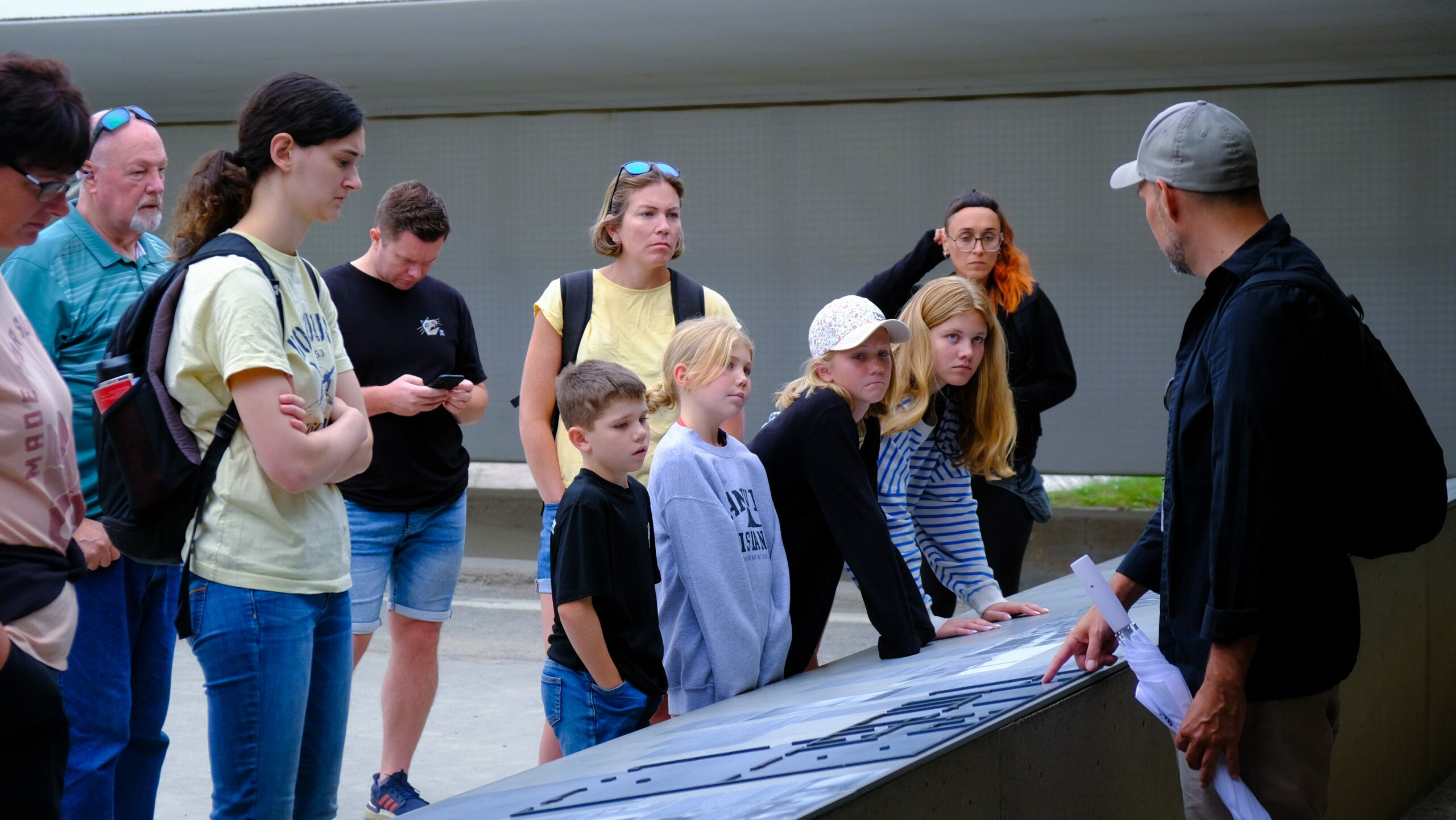Introduction
The capital, Budapest in Hungary, is famous for its thermal baths. They are popular with visitors and also carry great meaning from their long history. A frequent question by guests of Budapest is whether the thermal baths are filled with hot springs naturally. In this entry, I explore the remarkable Budapest baths and reveal how they are heated.
Budapest’s last century history of being renowned for thermal waters
Daily hot water coming from Budapest’s 120+ springs adds up to 70 million liters, giving the city a title as the “City of Spas.” The baths in Hungary are equal to or better than springs in Iceland for half the price! Particularly in May 2025 (between 15°C and 25°C), you can fully enjoy soaking in the outdoor spas, according to budapestinfo.hu. In r/budapest, users describe how Turkish, Byzantine and European styles make these foods a form of healing therapy.
How Budapest’s Thermal Baths Were Created
People have enjoyed using the thermal baths in Budapest for millennia. There are hot springs beneath the city and the Romans found them many centuries ago. Noting the healing power of these hot springs, the first thermal baths in Budapest were built by those who came to the city.
For centuries, many different cultures and civilizations have contributed to how the thermal baths in Budapest look today. The Ottomans built some of the most impressive bathhouses in the history of this region and these structures still remain.
Ways to Heat Your Home Without Fossil Fuels
Natural thermal springs in the area are the reason why Budapest’s thermal baths are heated. Both cold and hot water in these springs are supplied by the thermal water system lying below the city.
Rainwater in the Buda Hills is heated by geothermal activity and becomes what we call thermal water. While moving underground, water gathers minerals and heat and can become as hot as 76 degrees Celsius or 169 degrees Fahrenheit.
The hot water is brought into the thermal baths and it is chilled before bathers are allowed to use it. The water used may be mixed with fresh water to keep it comfortable for visitors, as needed.
You can get water that is 30–76°C and rich in calcium, magnesium and sulfur from the system. According to Szechenyi’s official site, they set the temperature of their cool baths between 28 and 38°C to make people feel comfortable. The Guardian points out that the “bridge is a prime example of natural engineering.”
How Therapeutic Thermal Baths are in Budapest
In addition to their calming effect, the thermal baths in Budapest are good for your health. According to some, the water’s minerals can relieve joint pain, arthritis and skin problems. It may also help move blood through the body and reduce stress.
Every thermal bath here is rich in its own mixture of minerals and these minerals can help with certain health benefits. As an example, Sullfur which is found in the water at the Széchenyi Thermal Bath, helps promote health for both the skin and the lungs.
At Szechenyi, sulfur is recommended for psoriasis, at Gellert you find calcium for joint health and magnesium soothe muscles at Rudas, according to Budapestbylocals.com. Spending 2–3 hours here increases relaxation and releases happy hormones.
Deciding on the Best Sauna
Because there are numerous thermal baths in Budapest, making a choice can seem difficult. Some popular choices for this are:
Széchenyi Thermal Bath
It is one of Europe’s biggest thermal baths.
There are swimming pools for outdoors and for indoors.
Famous yellow Neo-Baroque building
Famous for its health advantages
Gellért Thermal Bath
Built in a beautiful Art Nouveau structure
Features many different kinds of spa therapies.
Its indoor pool is what makes the hotel famous.
It has a soothing environment.
Rudas Baths
A bathhouse dating from the Ottoman period
Has a special rooftop pool and offers beautiful views
Has thermally heated pools at many different warming levels
Valued by locals for bringing the city to life
Szechenyi (District XIV, entry costs 7,000 HUF, £14.58, see attraction code M1 Széchenyi fürdő) includes fifteen different pools. Massages are on offer at Gellert (District XI, 6,500 HUF, £13.54, tram 19) (paying 5,000 HUF, £10.42). The Rudas Bath (open for swimmers from District I, costs 4,000 HUF or £8,33, tram 19) is famed for its 36°C pools. Rudas receives great reviews on TripAdvisor (4.6/5) for its special historical appeal.
Helpful Ideas for May 2025
- You can reserve Szechenyi and any other party location, on the website spartybooking.com.
- You will need a swimsuit, towel, (about 1,000 HUF, £2.08 each) and some flip-flops.
- Buying a M1/M4 Metro ticket (costing 350 Hungarian forints, less than £0.73) will take you to the baths.
- Get there early, because the baths are open at 6 AM and things get busier around noon.
- Events: Since it’s May, spa festivals offer new treatments, as explained on budapestinfo.hu.
- Take care of yourself: Secure everything you value; drink water when visiting hot pools.
What Makes Thermal Baths an Attractive Idea?
You can find both history and relaxation in Budapest baths for much less money than in Reykjavik. Stop by Buda Castle (free, next to Rudas) or St. Stephen’s Basilica (free), all as part of your trip.
Conclusion
Do the thermal baths in Budapest naturally heat themselves? Absolutely! The city’s thermal baths get their warmth from the natural thermal water that flows everywhere in the city. For a very long time, visitors have experienced both peace and healing at these ancient springs.
If you go to Budapest to improve your health, learn about local traditions or just want to unwind, the city’s thermal baths are hard to miss. Try the local waters and enjoy the interesting and picturesque history these baths have.
Table of Contents




